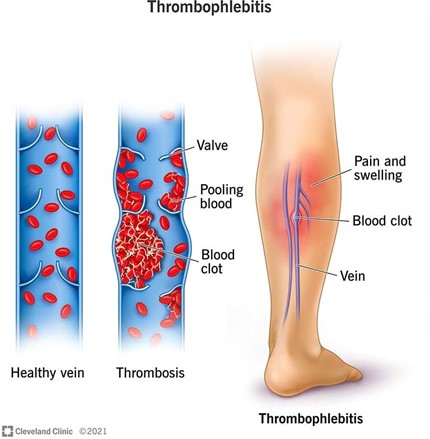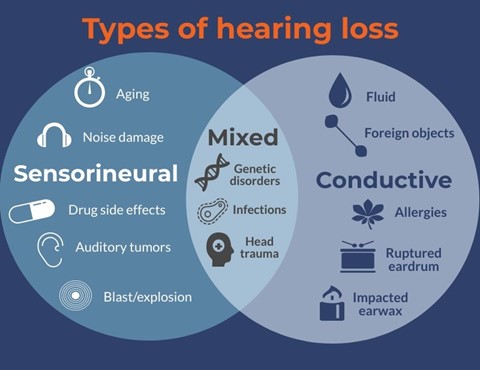A client is to be discharged from an acute care facility after treatment for right leg thrombophlebitis. The nurse notes that the client’s leg is pain free, without redness or edema. The nurse’s actions reflect which phase of the nursing process? Select one answer
Implementation
Evaluation
Outcomes identification
Assessment
The Correct Answer is B
Choice A reason: Implementation is a phase of the nursing process that involves carrying out the plan of care and performing the interventions and activities that were planned. It also involves monitoring the client’s response and progress, and documenting the outcomes. The nurse’s actions do not reflect this phase, as they are not performing any interventions or activities, but rather observing and measuring the client’s condition. Therefore, this choice is incorrect.
Choice B reason: Evaluation is a phase of the nursing process that involves measuring the outcomes and determining whether the interventions were effective in resolving or preventing the problem. It also involves comparing the actual outcomes with the expected outcomes, and modifying the plan of care if needed. The nurse’s actions reflect this phase, as they are assessing the client’s leg for signs of improvement or resolution of thrombophlebitis, and noting that the client is ready for discharge. Therefore, this choice is correct.
Choice C reason: Outcomes identification is a phase of the nursing process that involves setting measurable and realistic goals for the client’s health improvement or maintenance. The goals are based on the client’s needs, preferences, and values, and they are developed in collaboration with the client and the nurse. The nurse’s actions do not reflect this phase, as they are not setting any goals, but rather evaluating whether they have been met.
Therefore, this choice is incorrect.
Choice D reason: Assessment is a phase of the nursing process that involves collecting and analyzing data about the client’s health status, history, and environment. It also involves identifying any factors that may affect the client’s health or well-being, and forming a nursing diagnosis. The nurse’s actions do not reflect this phase, as they are not collecting or analyzing any new data, but rather reviewing the existing data and confirming the diagnosis. Therefore, this choice is incorrect.

Nursing Test Bank
Naxlex Comprehensive Predictor Exams
Related Questions
Correct Answer is ["A","D"]
Explanation
Choice A reason: Speaks in a normal tone is an approach that can best facilitate communication with a client who is hearing-impaired. Speaking in a normal tone can help the client to hear the natural variations and inflections of the voice, and to avoid distortion or confusion. Speaking in a high-pitched or low-pitched tone can make the voice harder to hear or understand, especially if the client has a hearing loss in a specific frequency range. Therefore, this choice is correct.
Choice B reason: Speaks frequently is not an approach that can best facilitate communication with a client who is hearing-impaired. Speaking frequently can overwhelm or fatigue the client, and reduce their ability to process or retain the information. Speaking frequently can also interrupt the client’s thoughts or responses, and prevent them from expressing their needs or concerns. Speaking clearly and concisely, and allowing pauses or breaks, can enhance communication with a client who is hearing-impaired. Therefore, this choice is incorrect.
Choice C reason: Speaks directly into the unaffected ear is not an approach that can best facilitate communication with a client who is hearing-impaired. Speaking directly into the unaffected ear can create an uncomfortable or unnatural position for the client and the nurse, and interfere with eye contact or facial expressions. Speaking directly into the unaffected ear can also create a loud or distorted sound that may be unpleasant or painful for the client.
Speaking face-to-face, and slightly toward the unaffected ear, can improve communication with a client who is hearing-impaired. Therefore, this choice is incorrect.
Choice D reason: Speaks in a normal volume is an approach that can best facilitate communication with a client who is hearing-impaired. Speaking in a normal volume can help the client to hear the voice without difficulty or strain, and to avoid embarrassment or irritation. Speaking in a loud volume can make the voice harder to hear or understand, as it can cause background noise, echo, or feedback. Speaking in a loud volume can also imply shouting or anger, which can be disrespectful or offensive to the client. Therefore, this choice is correct.

Correct Answer is ["A","C","D"]
Explanation
Choice A reason: This is correct because it is an approved nursing diagnosis that describes a lack of cognitive information related to a specific topic.
Choice B reason: This is incorrect because it is not an approved nursing diagnosis, but rather a data or assessment finding that describes the condition of the client’s pupils.
Choice C reason: This is correct because it is an approved nursing diagnosis that describes an unpleasant sensory and emotional experience associated with actual or potential tissue damage.
Choice D reason: This is correct because it is an approved nursing diagnosis that describes a decrease in oxygenation and/or elimination of carbon dioxide at the alveolar-capillary membrane.
Choice E reason: This is incorrect because it is not an approved nursing diagnosis, but rather a medical diagnosis that describes a malignant neoplasm of any body part.
Choice F reason: This is incorrect because it is not an approved nursing diagnosis, but rather a medical diagnosis that describes a dysfunction of the kidneys.
Whether you are a student looking to ace your exams or a practicing nurse seeking to enhance your expertise , our nursing education contents will empower you with the confidence and competence to make a difference in the lives of patients and become a respected leader in the healthcare field.
Visit Naxlex, invest in your future and unlock endless possibilities with our unparalleled nursing education contents today
Report Wrong Answer on the Current Question
Do you disagree with the answer? If yes, what is your expected answer? Explain.
Kindly be descriptive with the issue you are facing.
